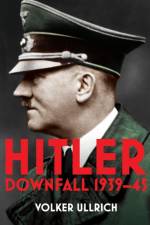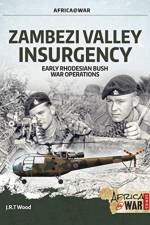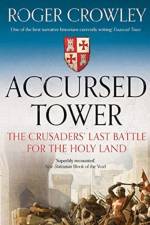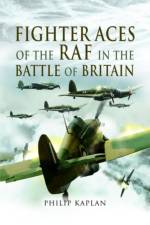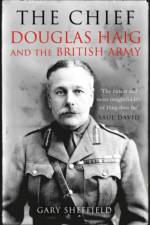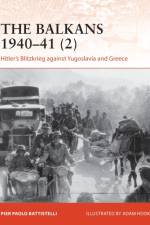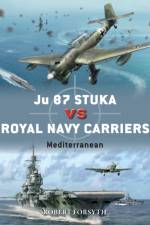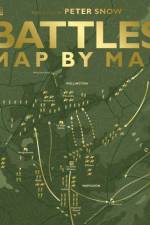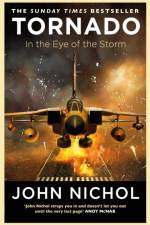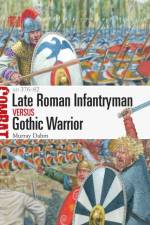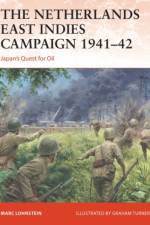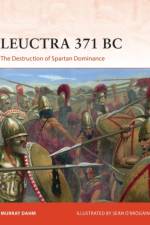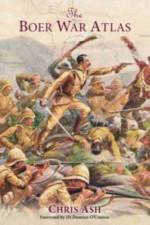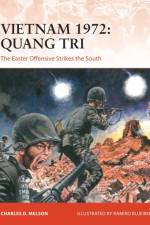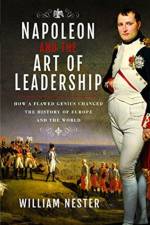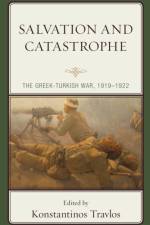av DK
387
Explore the world's most famous battles by their geography as you uncover the most ancient, medieval and modern combats in history.If you're interested in finding out more about the biggest battles fought throughout the ages, then this war book is perfect for you. Battles Map by Map puts you in the seat of famous generals and commanders such as Rameses II, Napoleon, and Alexander the Great who expertly planned their attacks by studying the plains on which they would take place. So what are you waiting for? Journey back in time to learn more about wars such as the Battle of Alesia, Napoleonic Wars, and World War II and follow the geography of these epic battles in this brilliant book on the history of the world. Journey into past like never before as you explore: - 80 easy-to-follow maps showcasing the most famous battles in history- Timelines that showcase battles in chronological order, ideal for visual learners- Informative easy-to-read text explains the events of the battles- Features provide additional contextual information on key technologies, leaders, armies, and moreBursting with striking illustrations and full of fascinating detail, this history book is the ultimate gift for map lovers, military history enthusiasts, and armchair generals everywhere. Battles Map by Map takes you right to the heart of the action, where you can discover the profiles of famous commanders and military leaders and reveal the impact of groundbreaking weapons and battlefield innovations. Additionally, historic maps, paintings, photographs, and objects take you to the heart of the action whereby the impact of groundbreaking weapons and battlefield innovations is revealed. Broadcasting journalist and historian, Peter Snow, provides a foreword for this marvellous history book for adults. From ancient to modern battles, he provides context for the world's most famous wars, both won and lost. See for yourself how tactics, technology, vision, and luck have all played a part in the outcome of wars throughout history.At DK, we believe in the power of discovery.So why stop there? The Map by Map series includes other titles such as History of the World Map by Map and World War II Map by Map, each detailing historical events and placing them in the context of geography. DK's luxurious Map by Map books are fantastic history gifts, packed with fascinating facts, high-quality photography, and detailed profiles and descriptions of people and events.

